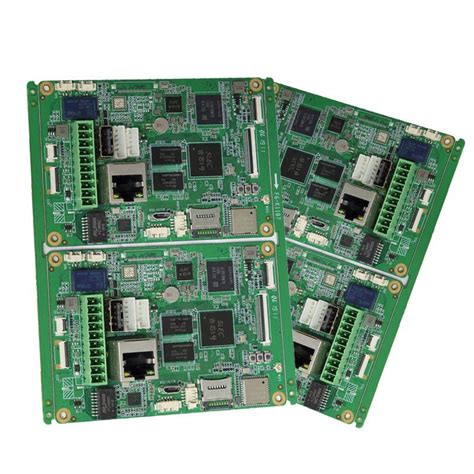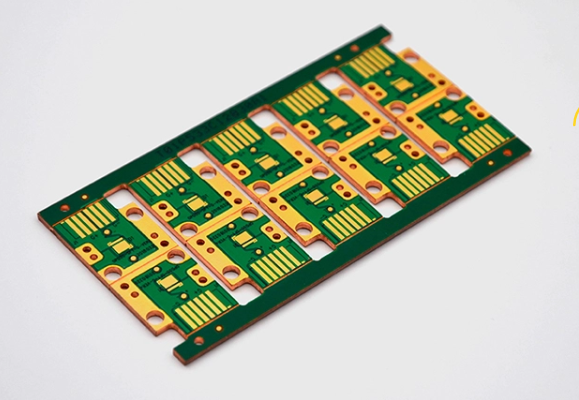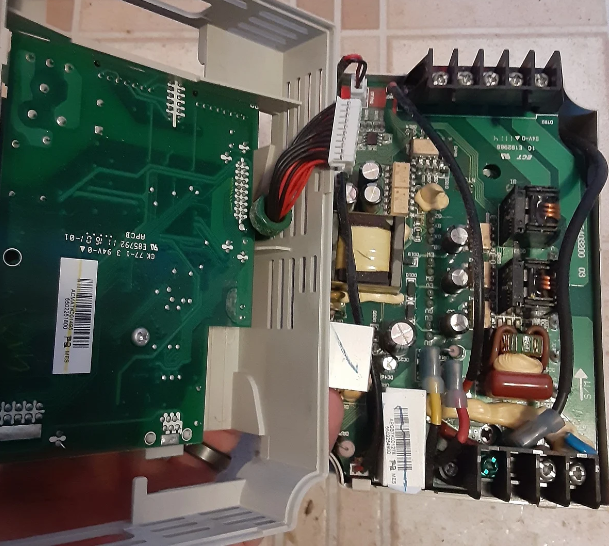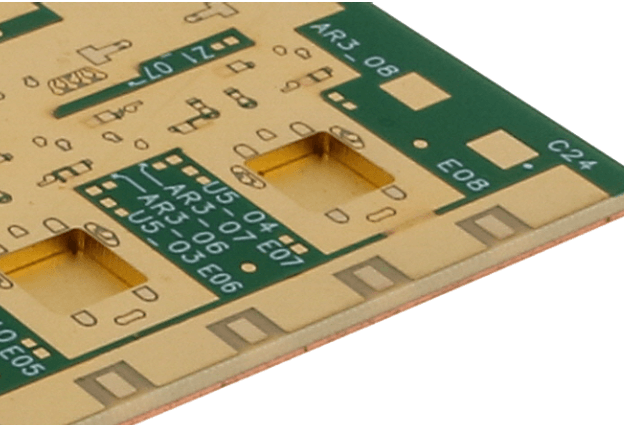Board manufacturing
Innovations In Sustainable Board Manufacturing
In recent years, the board manufacturing industry has witnessed a significant shift towards sustainable practices, driven by increasing environmental concerns and the demand for eco-friendly products. This transformation is not only a response to consumer preferences but also a necessity as industries worldwide strive to reduce their carbon footprint. As a result, innovations in sustainable board manufacturing have become a focal point for companies seeking to balance economic viability with environmental responsibility.
One of the most notable advancements in this field is the development of alternative raw materials.
Traditionally, board manufacturing has relied heavily on wood, which, despite being a renewable resource, poses challenges related to deforestation and biodiversity loss. To address these issues, manufacturers are exploring the use of agricultural residues, such as straw and bagasse, as well as recycled fibers. These materials not only reduce the reliance on virgin wood but also help in managing agricultural waste, thereby contributing to a circular economy.
In addition to alternative raw materials, technological innovations have played a crucial role in enhancing the sustainability of board manufacturing processes.
For instance, the adoption of advanced adhesive technologies has significantly reduced the emission of volatile organic compounds (VOCs), which are harmful to both human health and the environment. Water-based and bio-based adhesives are increasingly being used as substitutes for traditional formaldehyde-based adhesives, thus minimizing the environmental impact of board production.
Moreover, energy efficiency has become a key consideration in sustainable board manufacturing
Companies are investing in state-of-the-art machinery and equipment that consume less energy and produce less waste. The integration of renewable energy sources, such as solar and wind power, into manufacturing operations further underscores the industry’s commitment to sustainability. By reducing energy consumption and utilizing clean energy, manufacturers can lower their greenhouse gas emissions and contribute to global efforts to combat climate change.
Another significant innovation is the implementation of closed-loop systems in board manufacturing facilities.
These systems are designed to recycle water and other resources within the production process, thereby minimizing waste and reducing the demand for fresh resources. By reusing materials and optimizing resource efficiency, manufacturers can achieve substantial cost savings while also lessening their environmental impact.
Furthermore, digital technologies are revolutionizing the way board manufacturing companies operate.
The use of data analytics and the Internet of Things (IoT) allows for real-time monitoring and optimization of production processes. This not only enhances operational efficiency but also enables manufacturers to identify areas where sustainability can be improved. For example, predictive maintenance can reduce downtime and extend the lifespan of machinery, leading to less waste and lower energy consumption.
As the industry continues to evolve, collaboration and knowledge sharing among stakeholders are essential to drive further innovations in sustainable board manufacturing.
Partnerships between manufacturers, researchers, and policymakers can facilitate the development and adoption of best practices and cutting-edge technologies. By working together, these stakeholders can address the challenges associated with sustainability and ensure that the board manufacturing industry remains resilient and competitive in the face of environmental pressures.
In conclusion, the shift towards sustainable board manufacturing is a multifaceted endeavor that encompasses the use of alternative materials, technological advancements, energy efficiency, closed-loop systems, and digital innovations. As these practices become more widespread, they hold the potential to transform the industry, making it more sustainable and aligned with the global imperative to protect our planet for future generations.

The Impact Of Technology On Modern Board Production
The impact of technology on modern board production has been profound, revolutionizing the industry in ways that were unimaginable just a few decades ago. As technological advancements continue to accelerate, the board manufacturing sector has embraced these innovations to enhance efficiency, precision, and sustainability. This transformation is evident in various aspects of the production process, from raw material selection to the final product.
To begin with, the integration of advanced machinery and automation has significantly streamlined board manufacturing.
Automated systems have replaced many manual processes, reducing the likelihood of human error and increasing production speed. For instance, computer numerical control (CNC) machines have become a staple in the industry, allowing for precise cutting and shaping of boards. These machines are capable of executing complex designs with remarkable accuracy, ensuring that each board meets exact specifications. Consequently, manufacturers can produce high-quality boards at a faster rate, meeting the growing demand in various sectors such as construction, furniture, and electronics.
Moreover, technology has facilitated the development of innovative materials that enhance the performance and sustainability of boards.
Traditional materials like wood and plywood are now being supplemented or replaced by engineered composites and recycled materials. These alternatives not only offer superior strength and durability but also contribute to environmental conservation by reducing the reliance on natural resources. For example, the use of recycled plastics and agricultural waste in board production has gained traction, aligning with the global push towards sustainable manufacturing practices.
In addition to material innovation, technology has also improved the quality control processes in board manufacturing.
Advanced sensors and imaging systems are now employed to monitor the production line in real-time, ensuring that any defects or inconsistencies are promptly identified and rectified. This level of scrutiny guarantees that only boards of the highest quality reach the market, enhancing customer satisfaction and reducing waste. Furthermore, data analytics and machine learning algorithms are being utilized to predict maintenance needs and optimize production schedules, minimizing downtime and maximizing output.
The role of technology in board manufacturing extends beyond the factory floor, influencing the design and customization of products.
With the advent of computer-aided design (CAD) software, manufacturers can now create intricate board designs tailored to specific customer requirements. This capability not only broadens the range of products available but also allows for greater flexibility in meeting diverse market demands. Additionally, virtual reality (VR) and augmented reality (AR) technologies are being explored to provide immersive design experiences, enabling clients to visualize and modify board designs before production begins.
Furthermore, the digitalization of supply chains has enhanced the efficiency and transparency of board manufacturing operations.
Through the use of blockchain technology and the Internet of Things (IoT), manufacturers can track the movement of raw materials and finished products with unprecedented accuracy. This visibility ensures that all stakeholders are informed of the production status, facilitating better decision-making and fostering trust among partners.
In conclusion, the impact of technology on modern board production is multifaceted, driving improvements in efficiency, quality, and sustainability. As the industry continues to evolve, embracing these technological advancements will be crucial for manufacturers seeking to remain competitive in a rapidly changing market. By leveraging the power of technology, the board manufacturing sector is poised to meet the challenges of the future while contributing to a more sustainable and innovative world.

Quality Control Techniques In Board Manufacturing
In the realm of board manufacturing, quality control is a pivotal aspect that ensures the final product meets the stringent standards required for various applications. The process of manufacturing boards, whether they are printed circuit boards (PCBs), wooden boards, or composite boards, involves multiple stages where precision and accuracy are paramount. To achieve this, manufacturers employ a range of quality control techniques that are both sophisticated and methodical, ensuring that each board produced is of the highest quality.
Initially, the selection of raw materials plays a crucial role in quality control.
Manufacturers must source materials that meet specific criteria, as the properties of these materials directly impact the performance and durability of the final product. For instance, in PCB manufacturing, the copper-clad laminate must possess the right thickness and conductivity. Similarly, in wooden board production, the wood must be free from defects such as knots or warping. By starting with high-quality materials, manufacturers set a solid foundation for the subsequent stages of production.
As the manufacturing process progresses, in-process inspections are conducted to identify and rectify any deviations from the desired specifications.
These inspections often involve automated systems equipped with advanced sensors and cameras that can detect minute discrepancies. For example, in PCB manufacturing, automated optical inspection (AOI) systems are employed to examine the boards for defects such as open circuits, short circuits, and misalignments. This real-time feedback allows for immediate corrective actions, minimizing waste and ensuring consistency.
Moreover, statistical process control (SPC) is a technique widely used in board manufacturing to monitor and control the production process.
By collecting data at various stages of production, manufacturers can identify trends and variations that may indicate potential issues. SPC tools, such as control charts, help in maintaining process stability and ensuring that the boards produced are within the specified tolerance levels. This proactive approach not only enhances product quality but also optimizes the manufacturing process by reducing variability.
In addition to these techniques, manufacturers also conduct rigorous testing on the finished boards to verify their performance and reliability.
For PCBs, electrical testing is a critical step where each board is subjected to a series of tests to ensure that it functions correctly under various conditions. This may include testing for continuity, insulation resistance, and dielectric breakdown. Similarly, for wooden and composite boards, mechanical tests such as bending, impact, and tensile strength tests are performed to assess their structural integrity.
Furthermore, quality control in board manufacturing is not limited to the physical attributes of the boards.
Manufacturers also implement environmental and safety standards to ensure that the production process is sustainable and that the products are safe for use. Compliance with international standards such as ISO 9001 and ISO 14001 is often a requirement, demonstrating a commitment to quality and environmental responsibility.
In conclusion, quality control techniques in board manufacturing are comprehensive and multifaceted, encompassing everything from raw material selection to final product testing. By employing a combination of advanced technologies and systematic methodologies, manufacturers can produce boards that meet the highest standards of quality and reliability. This meticulous attention to detail not only satisfies customer expectations but also enhances the reputation of manufacturers in a competitive market. As technology continues to evolve, so too will the techniques used in quality control, ensuring that board manufacturing remains at the forefront of innovation and excellence.

Trends In Custom Board Design And Fabrication
In recent years, the field of board manufacturing has witnessed significant advancements, particularly in the realm of custom board design and fabrication. This evolution is driven by the increasing demand for personalized solutions across various industries, including electronics, automotive, and consumer goods. As technology continues to advance, the need for more sophisticated and tailored board designs has become paramount, prompting manufacturers to adopt innovative approaches to meet these requirements.
One of the most notable trends in custom board design is the integration of advanced materials.
Traditional materials such as fiberglass and epoxy are being supplemented or replaced by high-performance alternatives like carbon fiber and ceramic composites. These materials offer superior strength, durability, and thermal management, which are essential for boards used in high-stress environments. The shift towards these advanced materials is not only enhancing the performance of custom boards but also expanding their application across diverse sectors.
Moreover, the rise of digital design tools has revolutionized the way custom boards are conceptualized and fabricated.
Computer-aided design (CAD) software allows engineers to create highly detailed and precise board layouts, facilitating the exploration of complex geometries and intricate patterns. This digital approach not only accelerates the design process but also minimizes errors, ensuring that the final product aligns closely with the intended specifications. Additionally, the use of simulation software enables designers to test and optimize board performance virtually, reducing the need for physical prototypes and thereby saving time and resources.
In tandem with digital design tools, additive manufacturing, commonly known as 3D printing, is making significant inroads into board fabrication.
This technology allows for the creation of complex board structures that would be challenging or impossible to achieve through traditional manufacturing methods. By enabling the production of lightweight and highly customized components, 3D printing is opening new possibilities for board design, particularly in applications where weight and space constraints are critical considerations.
Another emerging trend is the emphasis on sustainability in board manufacturing.
As environmental concerns continue to gain prominence, manufacturers are increasingly adopting eco-friendly practices and materials. This includes the use of recyclable and biodegradable materials, as well as the implementation of energy-efficient production processes. By prioritizing sustainability, companies are not only reducing their environmental footprint but also appealing to a growing segment of environmentally conscious consumers.
Furthermore, the trend towards miniaturization is influencing custom board design.
As electronic devices become smaller and more compact, there is a corresponding need for boards that can accommodate these reduced dimensions without compromising functionality. This has led to the development of innovative design techniques, such as multi-layered boards and embedded components, which maximize space utilization while maintaining performance standards.
In conclusion, the landscape of custom board design and fabrication is undergoing a transformative phase, driven by technological advancements and evolving market demands. The integration of advanced materials, digital design tools, additive manufacturing, sustainability initiatives, and miniaturization are shaping the future of board manufacturing. As these trends continue to evolve, they promise to deliver more efficient, durable, and environmentally friendly solutions, catering to the diverse needs of industries worldwide. The ongoing innovation in this field underscores the importance of staying abreast of emerging technologies and practices to remain competitive in an ever-changing market.







